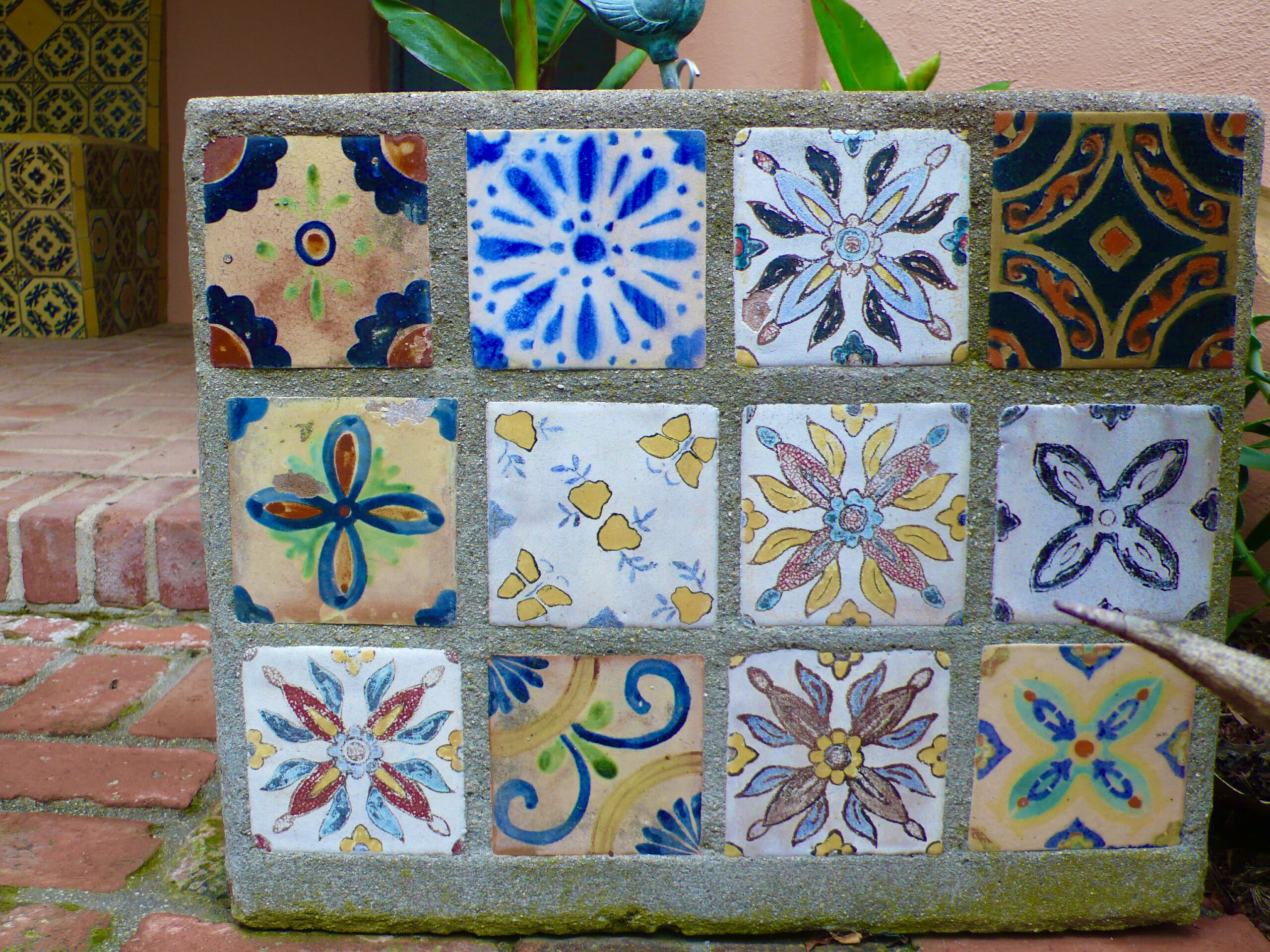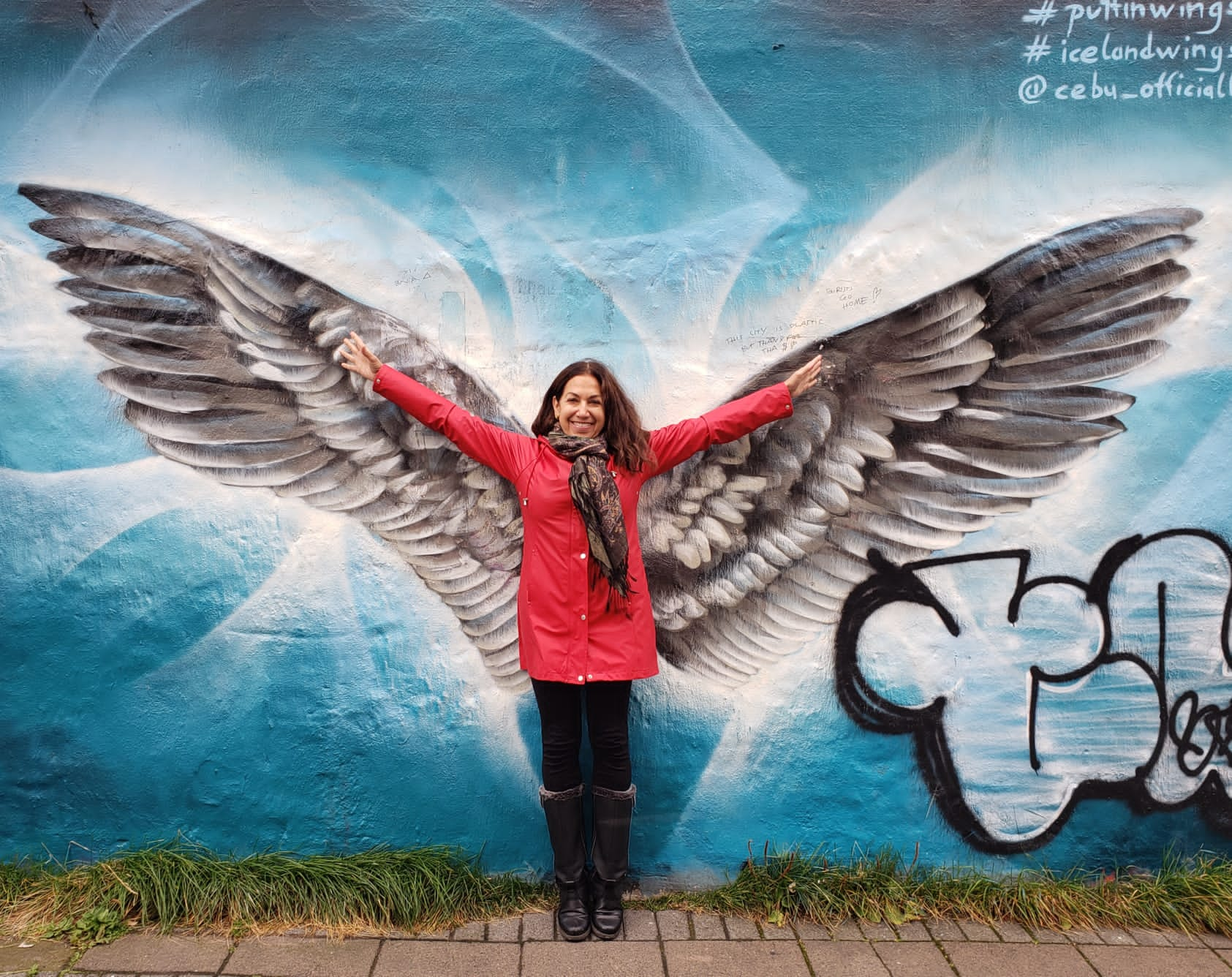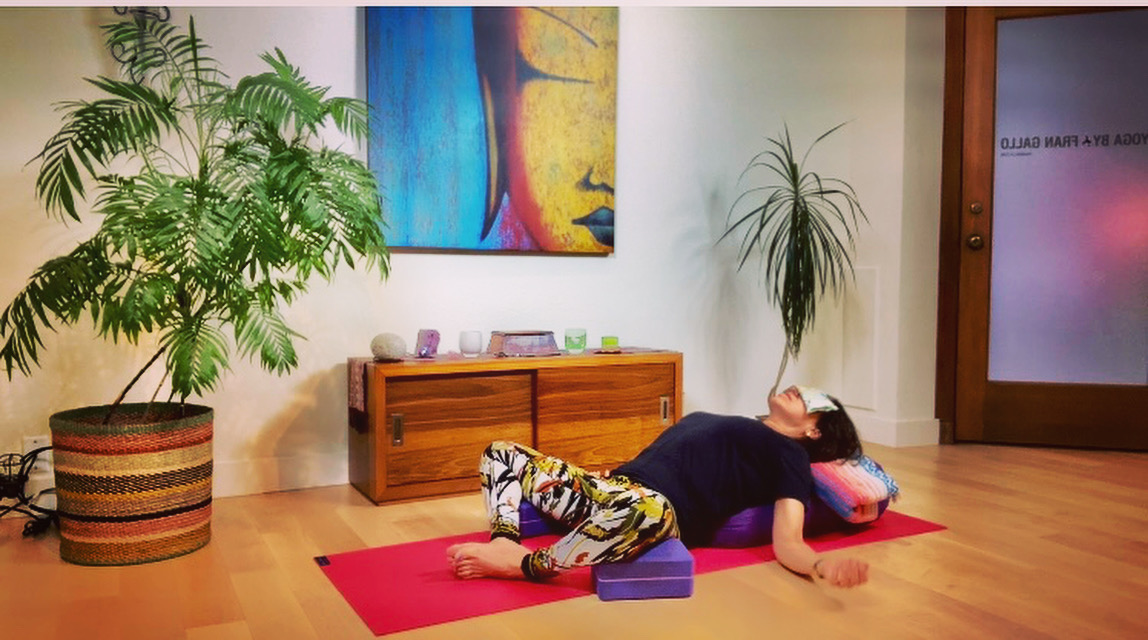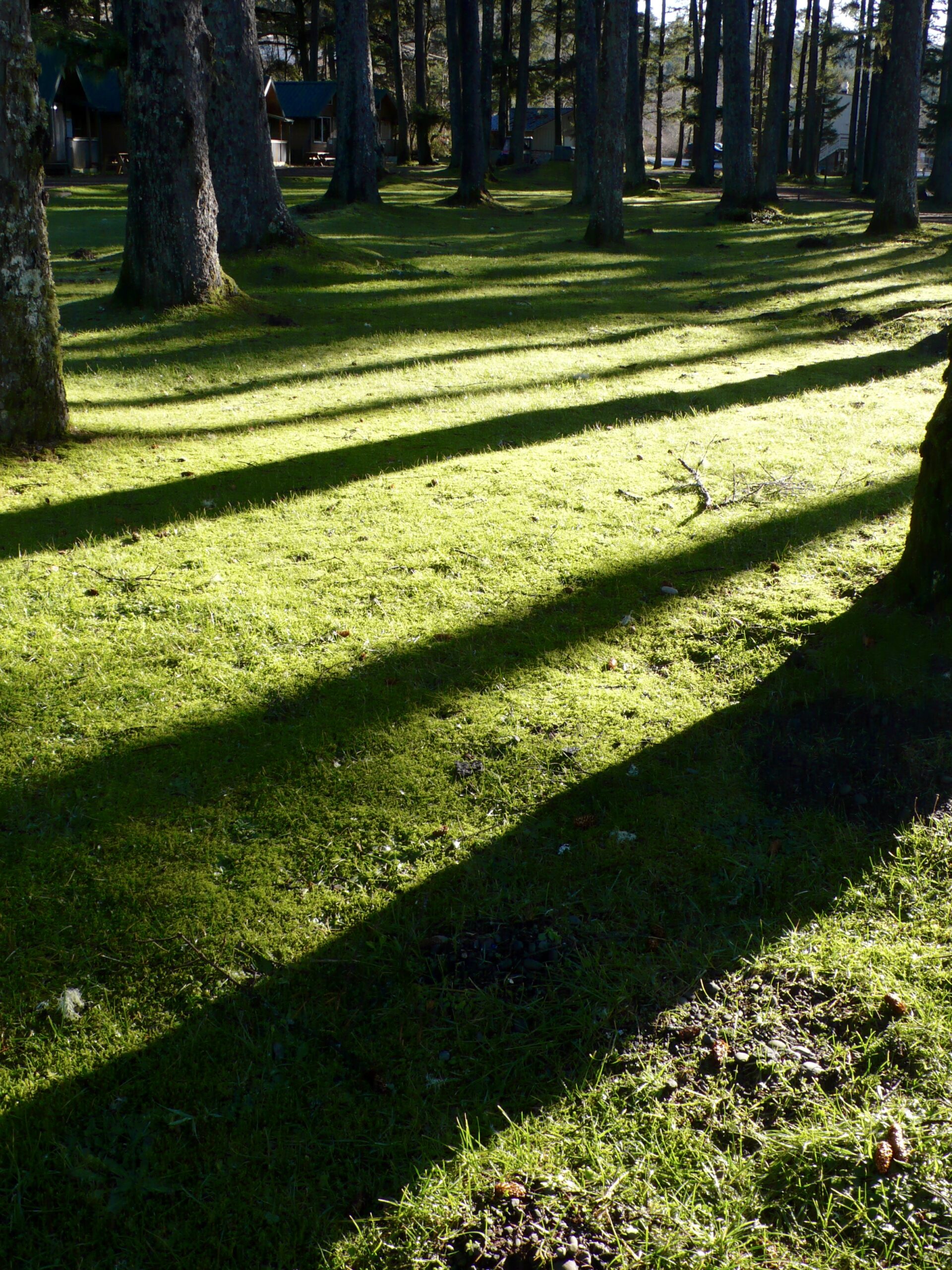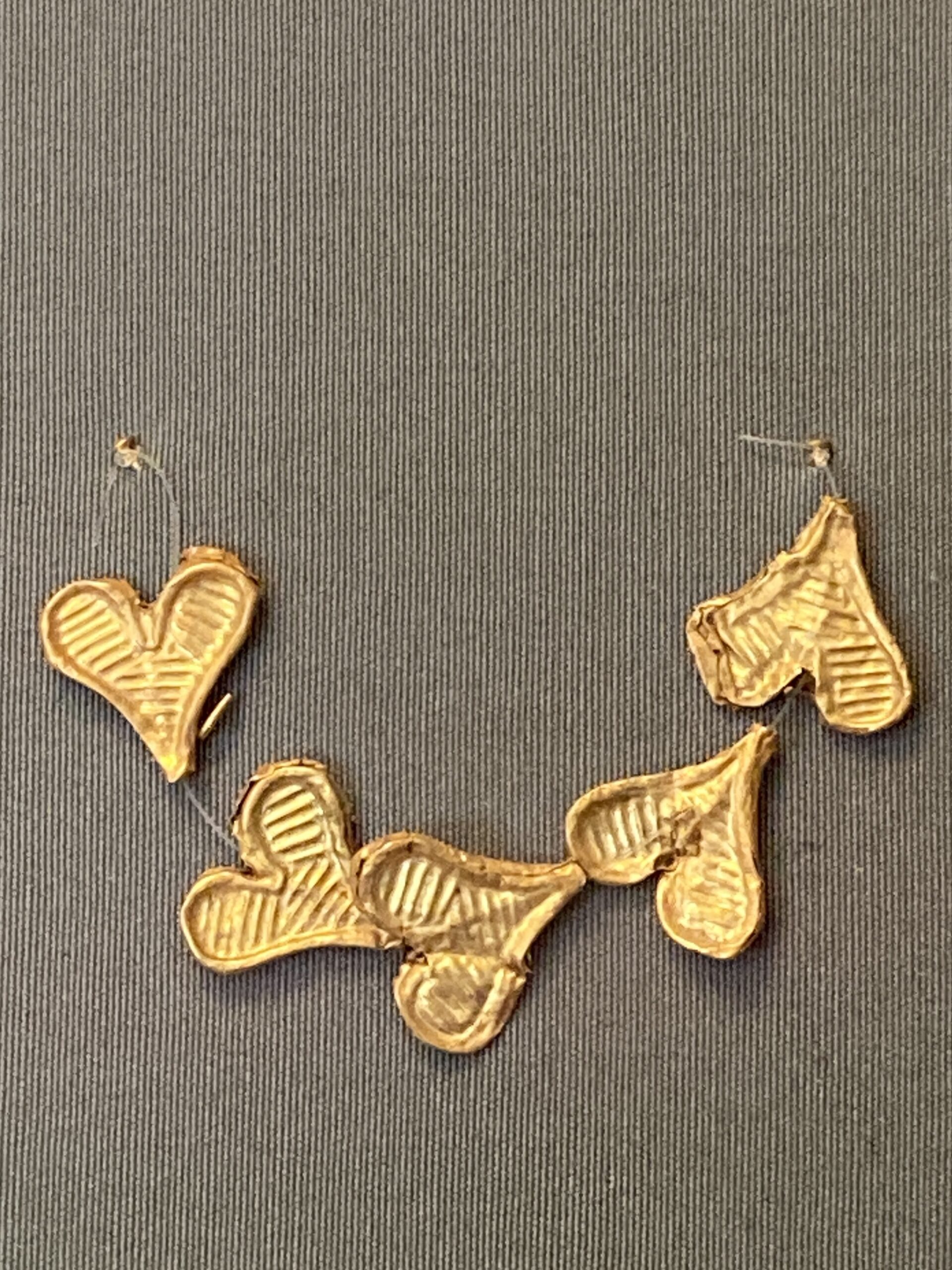When the alarm went off this morning at 5:15 a.m., I got up and got ready for the sunrise boat ride on the Ganges. I kept hearing Vivek’s voice, “If you want to know India, come to Varanasi. If you want to get a sense of Hindu religion and spirituality, come to Varanasi.” From the womb to the tomb, rituals are performed here in Varanasi on the banks of the Ganges River.
Varanasi is the oldest living city in the world. As one British author put it, “Varanasi is older than history, culture, and legend.”
Last night we witnessed and participated in the formal ceremony and form of worship, the Aarti. By contrast, this morning, we witnessed personal forms of worship. Here in the lifeline of Indian culture, we slowly floated by on our row boat as families came to the river’s edge to bathe, worship, and pray. Here on the Ganges, we watched the sunrise and welcomed a new day.
Dhobi wallahs (laundry men) were washing and scrubbing clothing in the river on stone platforms. Freshly washed trousers and sheets hung over stone walls and were spread on the sandy banks to dry. We passed ancient colorful palaces. A saddhu sat meditating, facing the rising sun. Women, men, and children offered milk, vermillion, sandalwood paste, grains, and marigolds to the flowing river. We passed temples dedicated to Varanasi’s principal deity, Shiva. Monkeys ran across rooftops. Cows and bulls roamed freely on the ghats (water’s edge). We passed the crematory ghats where several corpses wound in colorful shrouds were being consumed by raging and purifying fires.
Our handsome Varanasi guide, Narottam Kumar, who has a penchant for fancy hats and talks a million miles a minute, told us that women family members cannot attend the riverside cremations because “they are too tender hearted”. It would be like me not being able to attend my mother’s funeral. I feel really sorry for the women who are denied access to witnessing the cremations. Only male family members may attend the ceremony. We watched men sadly carry their colorfully shrouded dead relative to the ghat on a bamboo stretcher. Three hundred dollars worth (that’s how much it costs in US dollars) of wood was piled under and over the corpse. Then the closest male family member (husband, brother, son, etc) gets his head shaved as a sign of mourning. And the burning begins. The wait is approximately three hours and then the ashes are collected. As we watched this ritual from our boats and our guide explained the above to us, a vendor came along on his small boat, attached himself to our boat and got right in my face and tried to sell me a DVD. There I was solemnly listening to Narottam and watching this gut wrenching significant ceremony/ritual and the last thing I needed was another aggressive vendor. I firmly told him to move on. He tried again to sell me something, getting in front of my field of vision. I told him, “I am praying.” Those words spoke to him as everyone here possesses a religious fervor, and he moved on.
We passed a boatload of chanting Buddhist monks from Thailand, floating candles, more ancient temples, guesthouses and rest houses. More and more people flocked to the shores to do their morning ritual. Varanasi was waking up. The sun was a giant red ball of fire on the horizon.
Narottam told us that the corpses of children, pregnant women, lepers, and people who died of snakebites are not allowed to be cremated. Instead, a stone is tied around them and they are dropped into the river Ganga. As pure as the river is supposed to be to the Hindus, it is, quite frankly, disgustingly polluted.
After the boat ride, we went to the Golden Temple. This is no ordinary temple. But then again, nothing is ordinary in India. Everything is extreme and extraordinary! The Golden Temple is under HIGH SECURITY. It is the most famous and most revered of all Hindu temples devoted to Shiva. It has a double dome that is covered with 850 kg of pure gold! It has a giant stone lingam (phallus) sitting on a carved stone yoni (vagina), their union representing creation, fertility, perfect union and harmony. The lingam is always associated with Shiva. However, the reason for the tight security is not because of the gold dome or the giant lingam, but rather because this Hindu temple shares an ancient wall with a mosque!
Once upon a time, a Muslim leader in India tried to convert all Hindus to Islam. He destroyed Shiva’s temple, built a mosque next to it and to appease the newly forcefully converted, kept one ancient portion of the temple wall. This enraged those with deep emotional attachments to their Hindu religion (which probably included most Hindus). They rebuilt the Shiva temple on the exact same sacred spot and still share the common wall with the mosque. To keep peace and prevent any violence or religious clashes, the Indian government has high security at this most important of Hindu temples.
To get in, we first had to leave everything behind (shoes, wallets, purses, cameras, cell phones etc etc). Trustworthy Vivek stayed behind in a tea shop with our valuables. Then we had to traipse barefoot across the cold filthy stones, dodging cow pies, to a police station where we had to show our passports. A Brahmin priest who spoke no English led us. Armed men painstakingly took down more information than was needed into a giant ledger. It took about 35 minutes to process us all. Then the priest “purified” our hands with Ganges water. Then he gave us three long horizontal tikka lines across our foreheads using sandalwood paste. It felt very cool on our foreheads and kept feeling cold even after it dried! It also smelled good and masked other smells. Later, as it dried, if you moved your forehead, it flaked off in white dander chunks. If you didn’t move your forehead, the tikka lines stayed perfect. I thought it was like a kind of Indian botox and I tried hard to keep my forehead from moving. The horizontal lines represent Shiva, who roams the earth at Varanasi.
Then came the segregated security queues/lines for men and women. An armed woman carefully scanned my body with her hands. She was suspicious of my underwire bra and had to investigate! Ok, on to another line and another bout of frisking. The second armed woman was more thorough than the first. Suffice to say, you could not sneak a weapon into the temple if you tried!
Once inside the temple, I felt rushed. After all we had to endure to get in, I wanted to be able to take my time. I wanted to take in the humming and om-ing and chanting and religious fervor around me. I wanted to witness the deep devotion of the Hindus as they prayed to Nandu, Shiva’s bull, and to the lingam and the yoni. But no! Turns out our Brahman priest knew four English words: “QUICKLY QUICKLY YOU TOUCH, YOU GO!” So we all touched the big black lingam, quickly circled the giant phallus, and out the door we went, onto the next adventure.
No time to edit the above entry….busy day ahead…and tonight we leave Varanasi, off to Delhi and onward home to the states…

